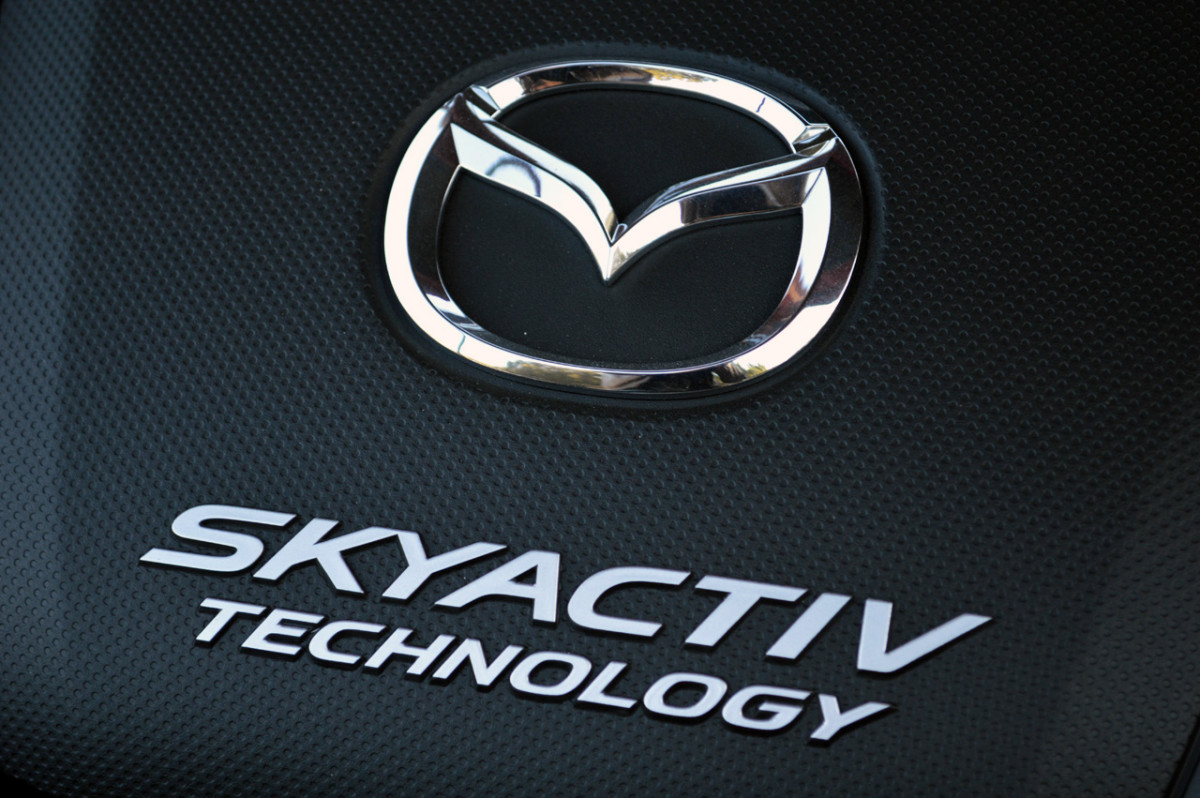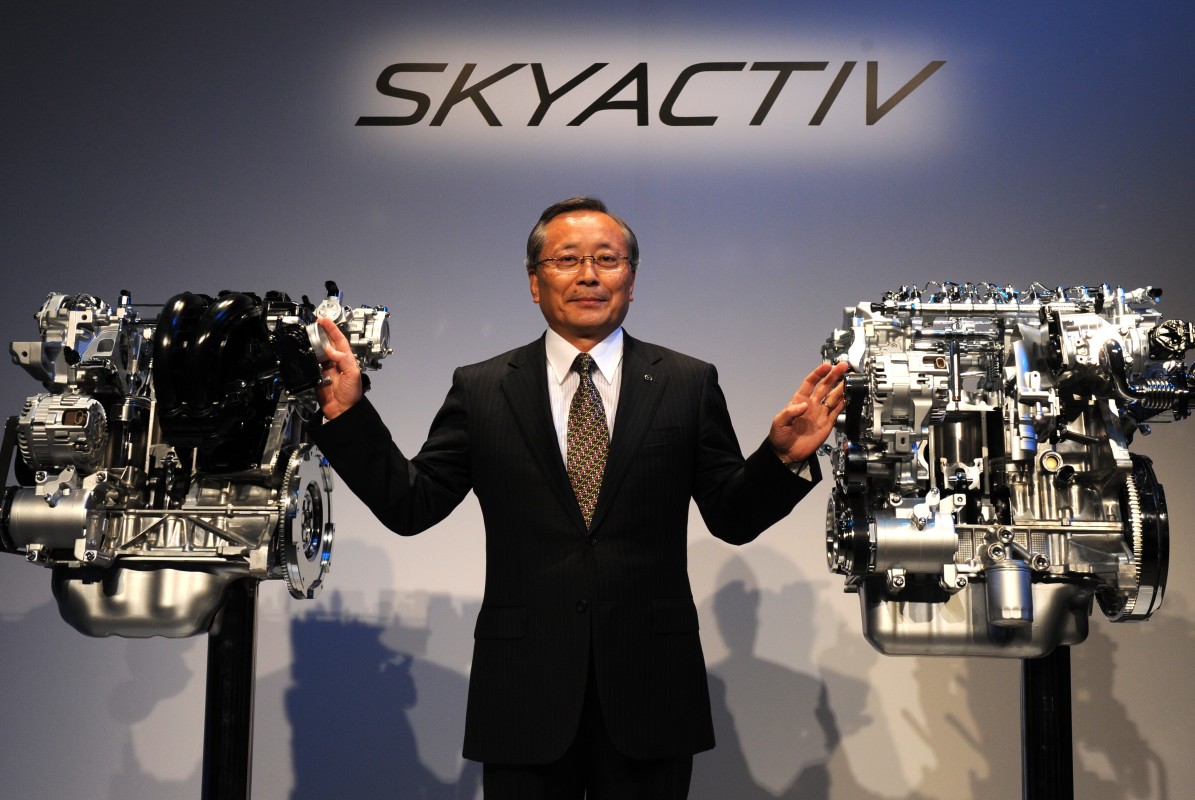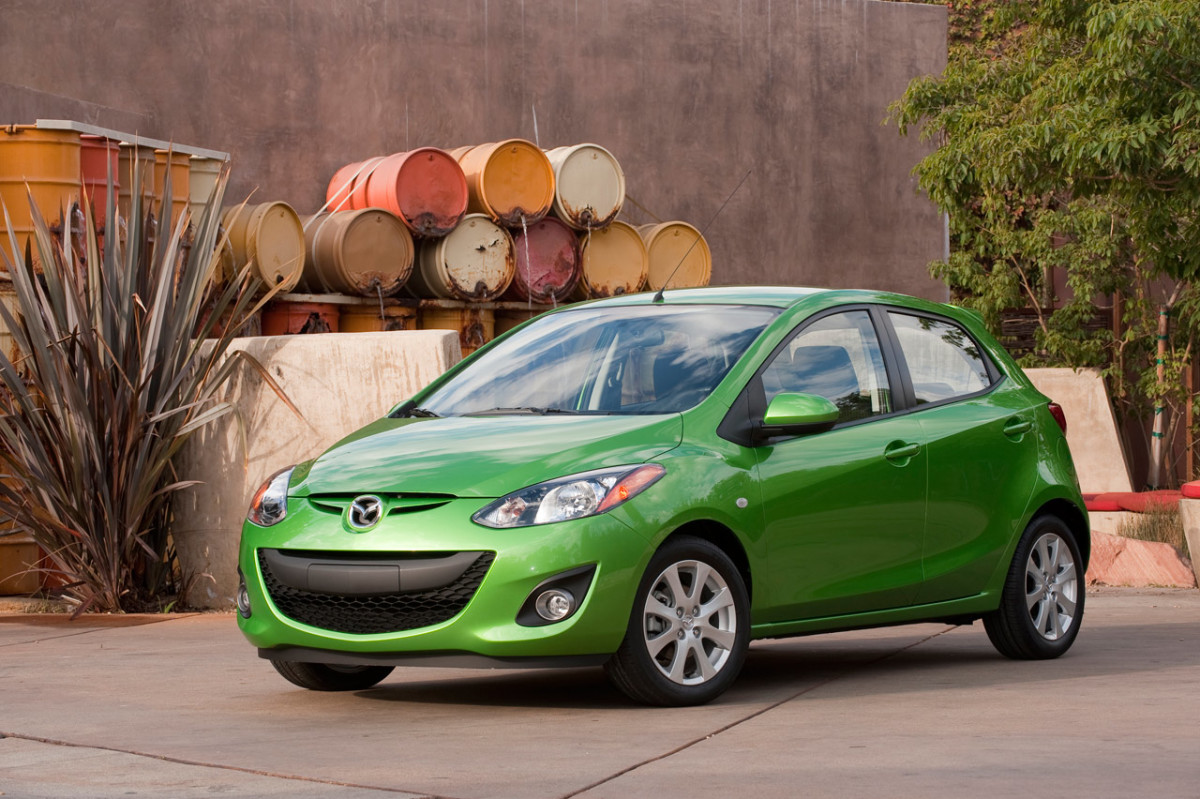Gas Engines Get a Boost

Imagine Mazda looking into the future and saying, “We’re not ready to give up on our good old gas-powered engines just yet.” That’s what their new SKYACTIV-Z initiative is all about. While most carmakers are rushing toward electric, Mazda is holding its ground by focusing on what they do best, internal combustion engines (ICE), hybrids, and all-electric options. The SKYACTIV-Z project aims to fine-tune gas engines, making them leaner, meaner, and cleaner. The goal here? Better fuel mileage, fewer emissions, more reliability, and less fuss when it comes to maintenance. Basically, they’re turning heat, normally lost in a car’s engine, into power, adding more efficiency to the mix.
Mazda’s top engineer, Masahisa Yamakawa, believes improving thermal efficiency by tweaking heat insulation is key. The idea is to achieve high efficiency whether the engine is idling or cruising at highway speeds. When electric motors are added to the equation, the benefits multiply: even better gas mileage, lower emissions, and a more exciting drive.
ICE Goes Green

When thinking eco-friendly, electric cars come to mind first, right? Mazda wants to change that by making their gas engines green. They’re exploring how the SKYACTIV-Z motors can use carbon-neutral fuels and are testing something called zeolite to capture CO2 from exhaust. It’s all about finding ways to clean more carbon out of the air than these engines put in. There’s confidence this could make traditional engines surprisingly green.
Mazda’s Michiharu Kawano has a strong argument. He says swapping every car for an electric one is a stretch. Gas engines are versatile—they can generate power for electric motors or work in hybrids. Even as electrification becomes mainstream, efficient gas engines remain crucial to keeping costs in check and battery sizes manageable.
Now, this isn’t Mazda’s first rodeo with fuel-efficient engines. The original SKYACTIV-G engine rolled in with the Mazda2 back in 2010, hitting around 70 miles per gallon on the Japanese test cycle without any electric motor help. That was quite a feat for just a gas engine, and it all began back in 2005 when they realized compression ratios could make or break efficiency. So, they honed in on seven key factors—from pumping loss to combustion period—to optimize fuel burn.
What’s Next

As it stands, Mazda’s SKYACTIV-Z 2.5-liter inline-four engine is going through trials and meeting both European and U.S. emissions rules, without skimping on power. Once it hits the market, potentially in the next generation of the Mazda CX-5 by 2027, it could bring impressive fuel efficiency and performance without breaking the bank. Anyone looking forward to seeing this tech in action? Keep an eye on Mazda; they might just surprise us all by making gas engines cool again.
Mustang's Nostalgic Roar
Rimac's E30 Dream
Porsche Color Magic
Goodbye Focus ST
2024 Mustang Unleashed